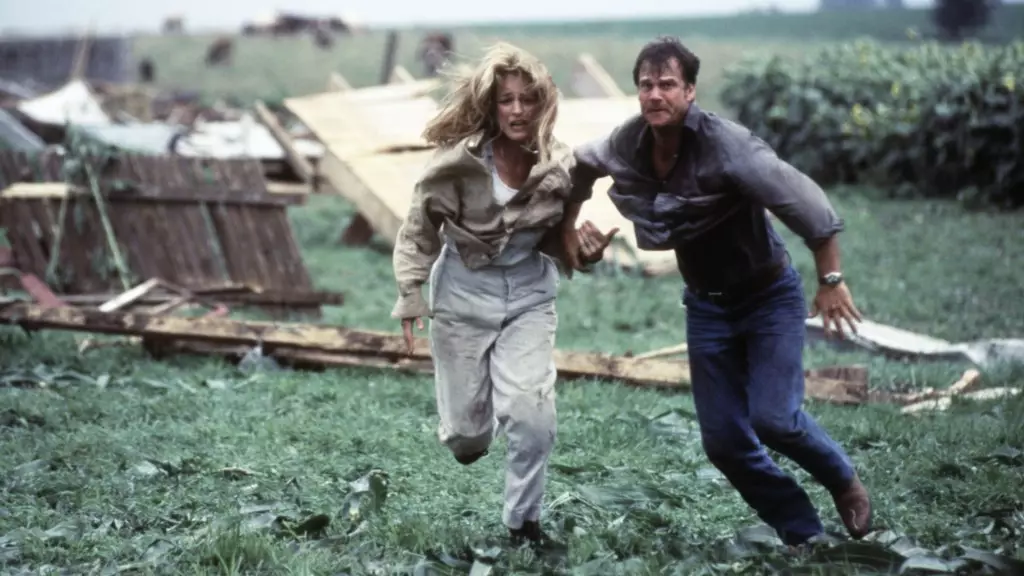As Twisters continues to captivate audiences in theaters, director Jan de Bont is looking back at the challenges faced during the making of the original film. He recalls the extensive use of “goddamned real” effects in the 1996 movie, which played a crucial role in determining whether the film could even be produced. De Bont explained that the process of creating the necessary hardware and software for the movie was arduous, with constant setbacks and advancements. The difficulties in achieving realistic effects raised doubts about the feasibility of the project, but the director found the journey to be exciting despite the obstacles encountered.
One of the pivotal moments in the production of Twister was conducting tests to gauge the believability of the effects. De Bont mentioned a specific scene involving a farm and a family seeking shelter as a test of realism. Additionally, a shot from inside a car, simulating objects hitting the windshield during a storm, was conducted to assess the impact of such visuals. These tests proved to be crucial in convincing the studio executives of the effectiveness of the effects, ultimately influencing the green light for the movie’s production. De Bont emphasized that it was the realistic portrayal of storm scenes that played a definitive role in the film’s success.
De Bont highlighted the importance of creating an immersive environment for the actors to evoke genuine reactions during the storm sequences. By utilizing gigantic jet engines mounted on trucks to simulate strong winds and debris, the director managed to elicit authentic responses from the cast. The intense nature of the effects, combined with the physical force experienced by the actors, transcended traditional acting methods and prompted real reactions. De Bont emphasized the need for actors to respond naturally to the power of the elements, resulting in compelling performances that added to the film’s realism.
In a bold move, De Bont described a scene involving giant combines falling from the sky as a testament to the film’s commitment to real effects. Rather than relying solely on visual effects, the director opted for practical stunts, such as dropping actual combines from helicopters onto the road. This unconventional approach not only heightened the sense of danger for the actors but also enhanced the overall impact of the scene. The use of longer lenses to create the illusion of proximity between the combines and the car added an extra layer of intensity to the sequence, making it appear more perilous than it actually was.
Twister stands as a testament to the dedication and innovation displayed by its creators, particularly director Jan de Bont, in bringing a compelling and realistic portrayal of storm chasing to the screen. The strategic use of practical effects and testing for authenticity contributed to the film’s success and enduring popularity among audiences. By reflecting on the challenges overcome during the production process, De Bont sheds light on the intricate details that shaped Twister into a cinematic experience that continues to captivate viewers to this day.


Leave a Reply